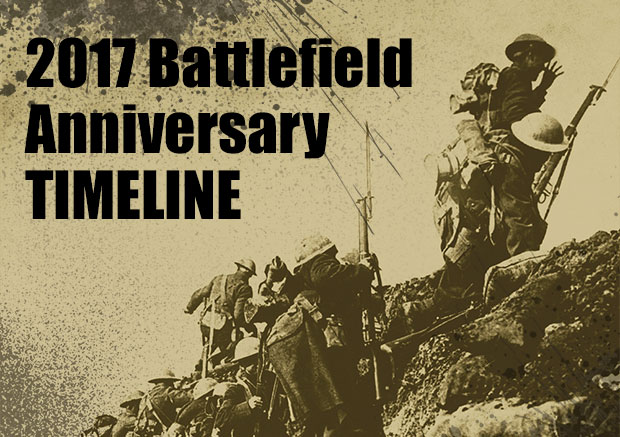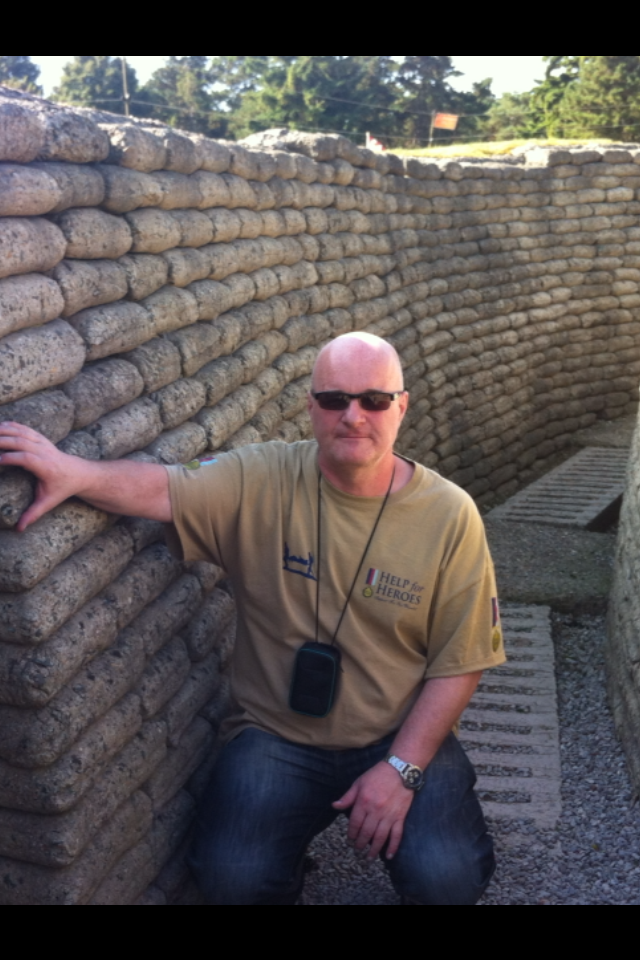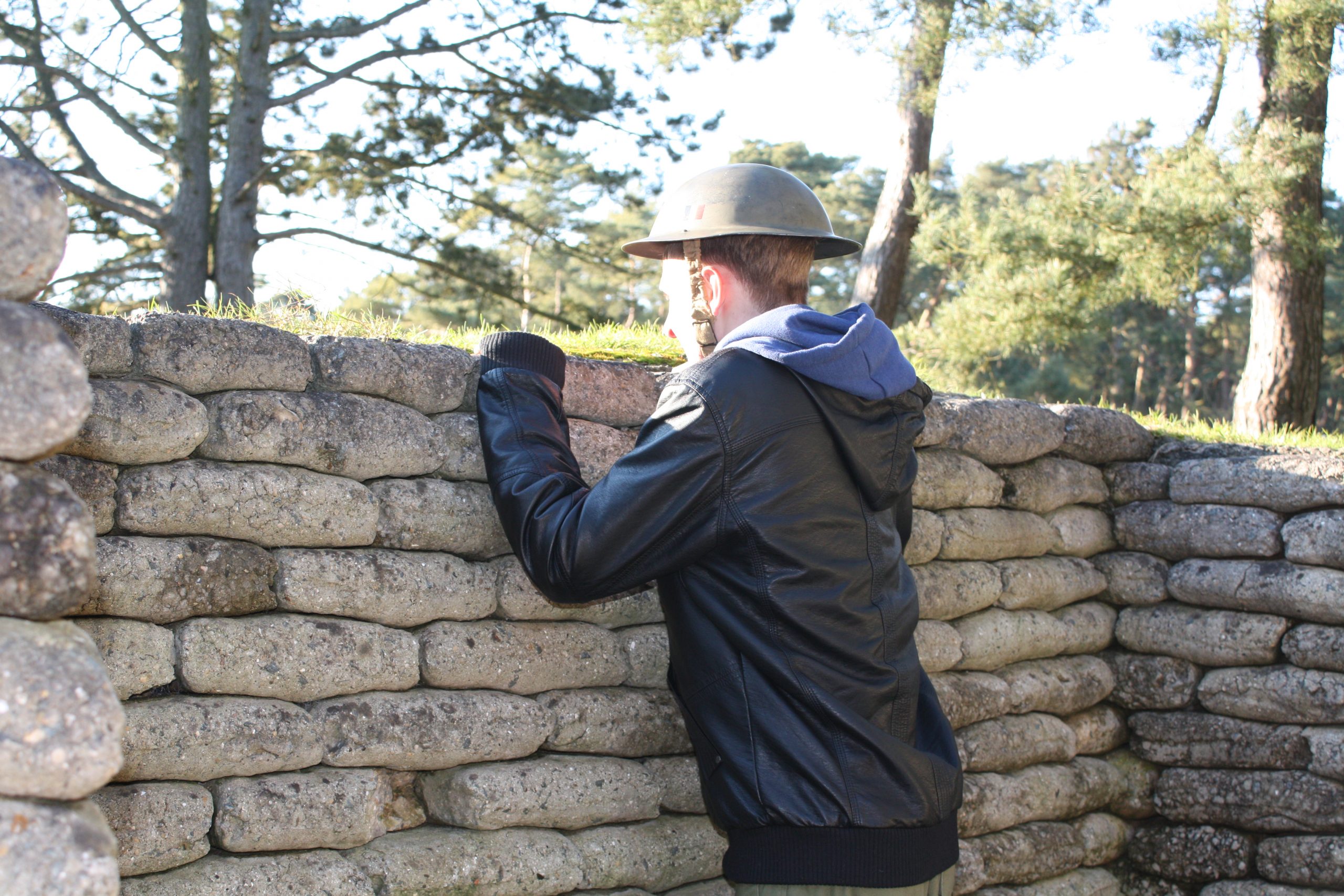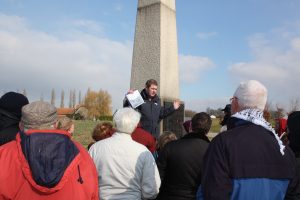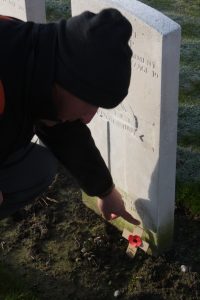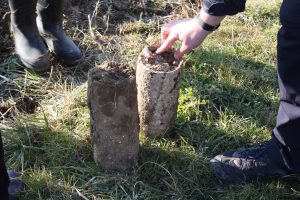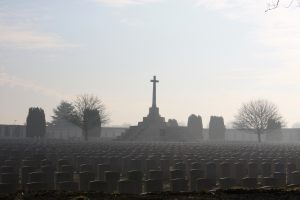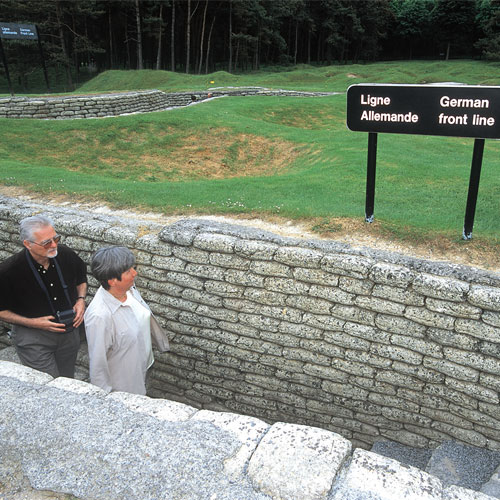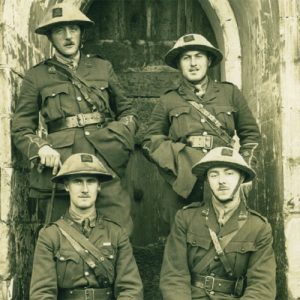Paul Prendergast had a couple of very special reasons for joining Leger’s 5-day All Quiet on the Western Front tour.
My interest in WW1 goes back a few years and was kicked off again by some research that I started at work.
I work for Royal Mail in Stockwell London SW9 where I am a Delivery Office Manager. Every office has a plaque dedicated to the dead of both wars. The plaque above my office has 6 names on it (I’ll come back to this later).
On the morning of our tour, we were met at Peace Pottage by our feeder coach and then travelled to Dover where we all boarded the ferry to head to Calais. On arrival in France we changed to our tour coach where we met Andy and Barbara who were our drivers/hosts on the Silver Service coach. We also met Iain McHenry, our Specialist Battlefield Guide who spoke about our tour.
Day 2
We set off at 09.00am to Tyne Cot Cemetery, where the graves of 12,000 men are buried and remembered. It makes you realise how senseless war is when you see that. I’m a member of the Victoria Cross Trust, and I also got to see the graves of three Victoria Cross holders.
We also visited then Sanctuary Wood and some trenches that have been preserved by the owner, and on arrival we heard a guy playing the bagpipes.
We then went onto Hooge Crater and Cemetery. The place was kept in beautiful condition by the CWGC, and I also found another VC grave.
After lunch we headed towards the Messines Ridge and we stopped at the Ulster Peace Tower, where our guide pointed out the German Front lines and spoke about the famous Christmas Day truce. He also pointed out that past the tower, a house/farm still has 50,000 tonnes of explosive under it!
We then stopped at another cemetery where there was a Jewish grave. I placed a stone on top the headstone – this is Jewish custom and there was no stone on there. This was the least I could do.
The final and most moving part of the day was the Menin Gate Last Post Ceremony. On the Menin Gate are the names of 55,000 men killed or missing. I was nearly in tears when I saw this monument to the people who gave their lives for our freedom. On the wall I found the names of the people from The Post Office Rifles… this is where the story about my reason for going unfolds. I placed a small cross of remembrance there for the six men killed from my workplace.
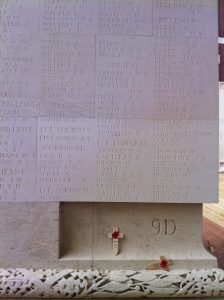
Day 3
This was going to be a day of very mixed emotions for me. When we were on the way to Wellington Quarry it gave you a real idea of the people who lived, slept, ate and dug themselves into no man’s land.
We then went to Arras. There is a wall with the names of 36,000 men missing or killed in action there, and this is when it became very personal for me. The reason for this is that there was a name on the wall: rifleman John Williams 371151, died 16/06/17 2/, Post Office Rifles LONDON 2/8 BTN. Postman, Stockwell Delivery Office… The place where I now work.
I placed a cross of remembrance on the wall.
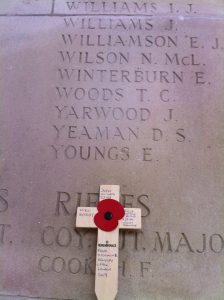
While sitting there, trying to imagine what he went through, a thought crossed my mind. All I could think was how honoured I am that I could say to him: “We have not forgottenâ€. I felt a mixture of pride – that I now work where he worked; honour – placing a cross by his name; and sorrow – knowing that his family could not bury him.
It was a very thought-provoking day for me.
Day 4
We had a long drive to La Boisselle, which is the biggest man-made crater on the Western Front. It was made by placing tonnes of explosive under the German front lines, then exploding them all at once. You cannot imagine what the scene of carnage must have been when this happened.
Our last visit of the day was to the Thiepval Memorial. It is the biggest memorial, with the names of 77,000 men missing or killed. I was looking for one: Sgt George Ryder 2512, died 07/10/13, Post Office Rifles LONDON 1/8 BT. He is the second of the two men that I traced, and the reason for my trip to the Western Front. Sgt George Ryder died 97 years ago on the week of my visit, so to finish the tour in this way, and by placing a cross by his name on the panel, again I can only feel proud. I just wish that, in some way or another, these people who fought for us could see that we still care about what they did for us 100 years ago.
The All Quiet on the Western Front five-day tour is the best way to see all the sites, and the guide, Iain McHenry was first-class. He helped me to find the names of the people that I came to remember on the walls, and also pointed out the VC winners to me. His knowledge of the subject was tremendous. The coach staff, Andy and Barbara were polite and very friendly throughout.
I will be going back – not just yet, but I still have four more names to find.


